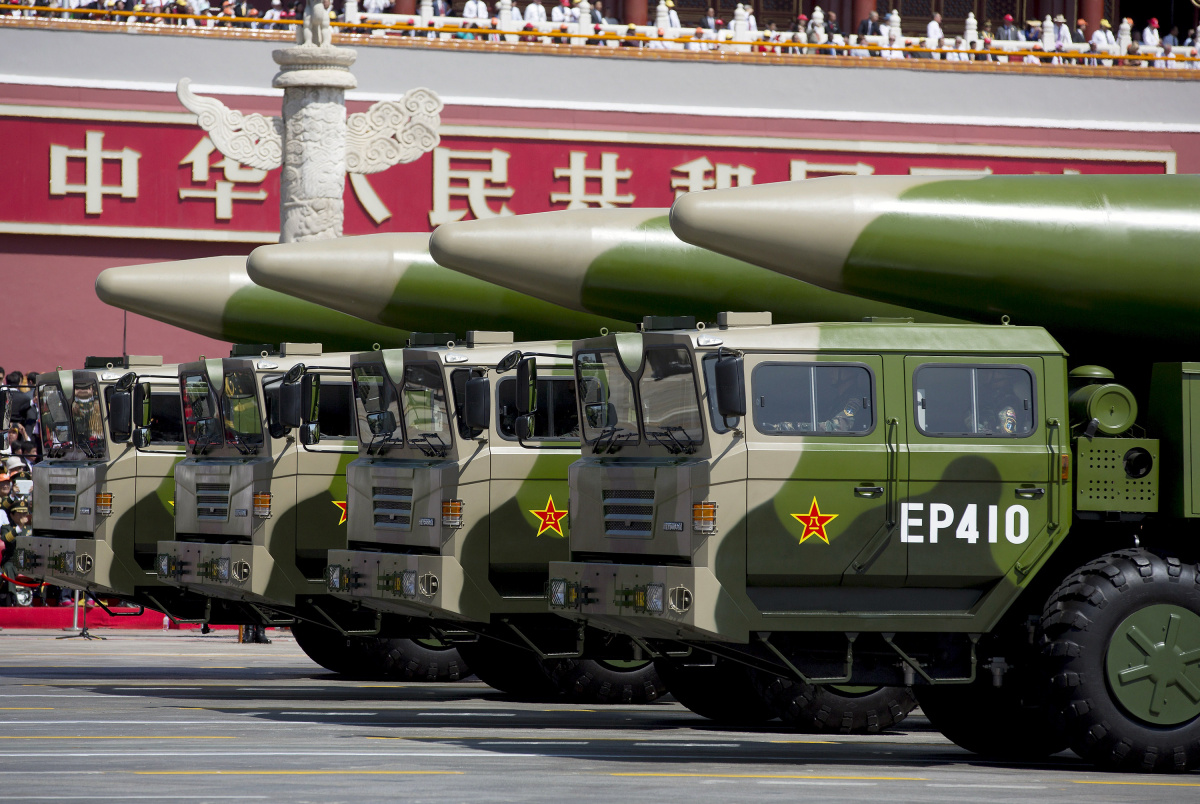Hendrik_2000
Lieutenant General
You don't use a sea-based mid-course ABM for that. I bet one has almost no time to hit the ballistic missile from the sea when it's ascending and the location of the launching sub is unknown
The RIM-161 Standard Missile 3 (SM-3) is a ship-based missile system used by the to intercept short- and intermediate-range ballistic missiles as a part of . Although primarily designed as an , the SM-3 has also been employed in an capacity against a satellite at the lower end of . The SM-3 is primarily used and tested by the and also operated by the .
RIM-161 Standard Missile 3
(Redirected from )
See also:
RIM-161 SM-3
A RIM-161 Standard Missile (SM-3) is launched from the Aegis cruiser
Type
Place of origin United States, Japan (Block IIA)
Service history
Used by
Production history
Manufacturer , , ( Block IIA)
Unit cost US$9–24 million (2011)
11.2m(FY2014) (Block 1B)
Specifications
Weight 1.5 t
Length 6.55 m (21 ft 6 in)
Diameter 34.3 cm (13.5 in) for Block I missiles
53.3 cm (21 in) for Block II
Warhead
Wingspan 1.57 m (62 in)
Propellant Stage 1: MK 72 Booster, ,
Stage 2: MK 104 Dual Thrust Rocket Motor (DTRM), solid-fuel,
Stage 3: MK 136 Third Stage Rocket Motor (TSRM), solid-fuel,
Stage 4: Throttleable Divert and Attitude Control System (TDACS), [Aerojet]
Operational
range
700 km (378 miles) Block IA/B
2,500 km (1,350 miles) Block IIA
Speed 3 km/s (Mach 10.2) Block IA/B
4.5 km/s (Mach 15.25) Block IIA
Guidance
system
///passive seeker (KW)






